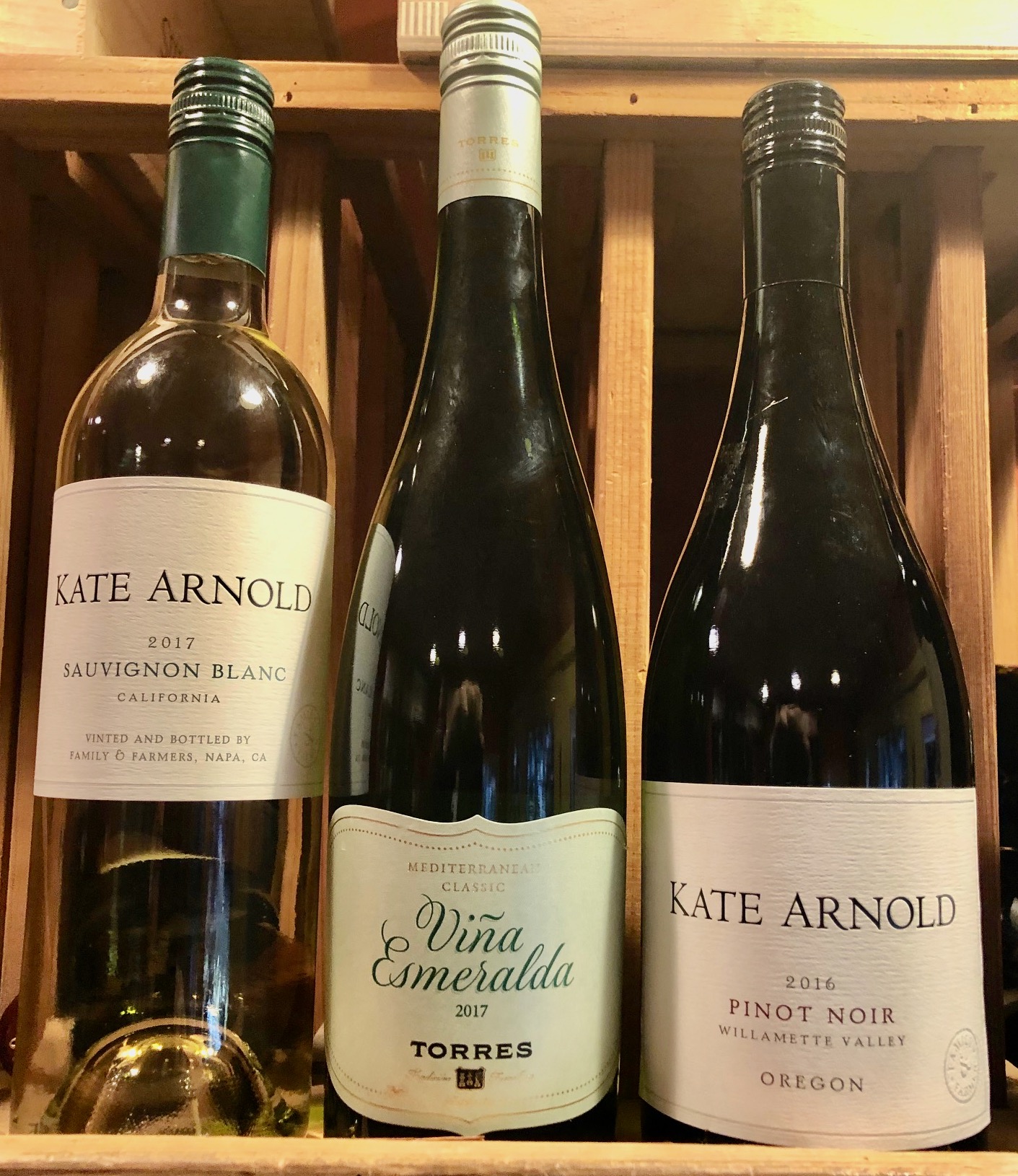Inquiring Wino’s want to know: Corks or Screw Caps?
October 31, 2023 by John BrownWhen I first started writing about wine for the Charleston newspapers a few decades ago, my goal was to educate folks that wine should be an everyday accompaniment to meals.
Unfortunately, back then, the prevailing view of most beer-swilling and cocktail-imbibing Americans was that wine was an elitist product only consumed by ascot wearing, Hugh Hefner look-alikes with fake British accents.
It was my ardent goal to change that ubiquitous view. To poke fun at those widely held stereotypes, I created a mythical tasting panel comprised of people who were qualified in evaluating a certain category of wine. I named the group “The Southside Bridge Tasting Club,” and they were to evaluate wines for that segment of the wine drinking public that was — how shall I put it — more plebian in their tastes.
The group would gather monthly in the dead of night under the great bridge to sip and then critique various product specific wines of the time such as White Pheasant, Vito’s Thunder Mountain Chablis, Wild Irish Rose and many other popular octane-enhanced beverages. These wines had to meet only one condition: they must have screw caps so tasters would have quick and easy access to them.
Well, here we are 40 years later and, while wine is now socially accepted by just about every demographic group, there is still a controversy over which is the better wine bottle closure: corks or screw caps?

One of the first wineries in the US to adopt screwcaps on most of its wines was Bonny Doon back in the 1980’s – and not just on jug wines. Randall Graham, that off-the-wall, wildly entertaining wine maker and writer at Bonny Doon, was one of the first California vintners to feature screw caps on his premium 750ml bottlings. Since then, most US wineries now use them on at least some of their offerings, and almost all Australian and New Zealand wines are topped with screw caps.
Why do wineries consider using screw caps over corks? Well, it’s mainly an economic decision because screw caps are significantly cheaper than corks. At one time there was a concern (since debunked) that the trees from which corks are made could not meet world-wide demand. Actually, corks are made from the bark of trees and, while supply is not a problem, corks can sometimes cause wines to be “tainted.” This is a phenomenon where mold gets in the cork and negatively affects the taste and smell of the wine.
Some research suggests about one in 20 wines is corked. With that many wines potentially being returned, you can see why some wineries are going to screw caps and some even to plastic corks.
Aside from aesthetic concerns, I think screw caps are fine for wines which you will be consuming in the short term, particularly if the little suckers help keep the price down. And the reality is that more than 95 percent of all wines are made for short-term consumption.
For years it was thought that the problem with screw caps, or any enclosure which forms an airtight seal, is their inability to permit aging. More recent survey research proves that screw cap closed wines can also age well. So, while most of the older wines I have in my cellar are cork-finished, I would not shy away from aging any wine that has a screw cap closure.
To conclude, I don’t have a problem with screw caps. In fact, the first wine I ever opened was a 1.5 liter screw cap jug of Mad Dog 20/20. I sipped that wine from a paper cup under the Third Street Bridge in Clarksburg. (I have this thing about bridges and wine, don’t I?) Suffice it to say, I have a fondness for traditions – particularly those that are making a comeback
John Brown is also a novelist. His latest book, Augie’s World, is a sequel to his debut novel, Augie’s War. Both novels are available in print and audio at Amazon. You can find out more about his novels and wine columns at wordsbyjohnbrown.com

